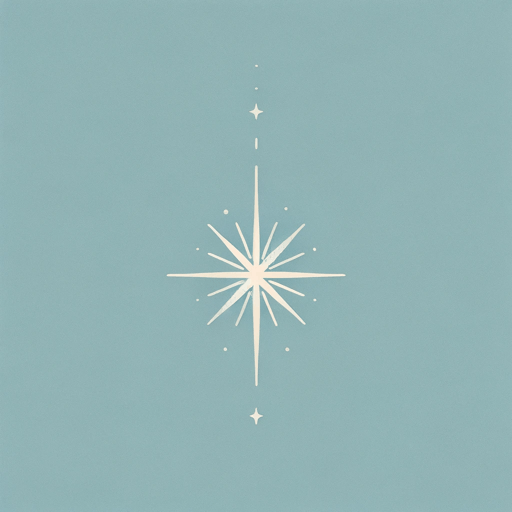77 pages • 2 hours read
Neil GaimanStardust
Fiction | Novel | YA | Published in 1999A modern alternative to SparkNotes and CliffsNotes, SuperSummary offers high-quality Study Guides with detailed chapter summaries and analysis of major themes, characters, and more. For select classroom titles, we also provide Teaching Guides with discussion and quiz questions to prompt student engagement.
Background
Literary Context: Story Archetypes
Stardust draws on a long, vivid literary tradition built on a number of predetermined patterns, known as archetypes. Numerous scholars have tried to quantify the landscape of story by slotting all storytelling into recognizable shapes ranging from one (Joseph Campbell’s “monomyth,” or the “Hero’s Journey”) up to 2000+ (the Aarne-Thompson-Uther Index). Christopher Booker put forth a system of seven universal story archetypes: The Quest, Rags to Riches, Overcoming the Monster, Voyage and Return, Comedy, Tragedy, and Rebirth. Booker’s system is the most commonly cited among story scholars today.
Gaiman’s novel shares elements with several of these story archetypes, including Campbell’s monomyth. However, one essential plot point that’s lacking is the “refusal of the call,” in which the hero temporarily turns their back on their calling (this can be seen in Hero’s Journey stories such as Harry Potter or The Hobbit). In Stardust, Tristran throws himself wholeheartedly into his adventure. The novel does, however, feature other Hero’s Journey elements, such as the mentor figure: In Stardust, this would be the man who teaches Tristran a little about his new world and arms him with his Babylon candle.
Related Titles
By Neil Gaiman
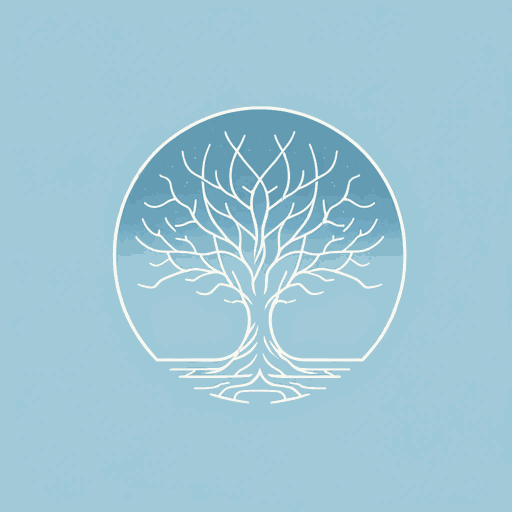
American Gods
Neil Gaiman
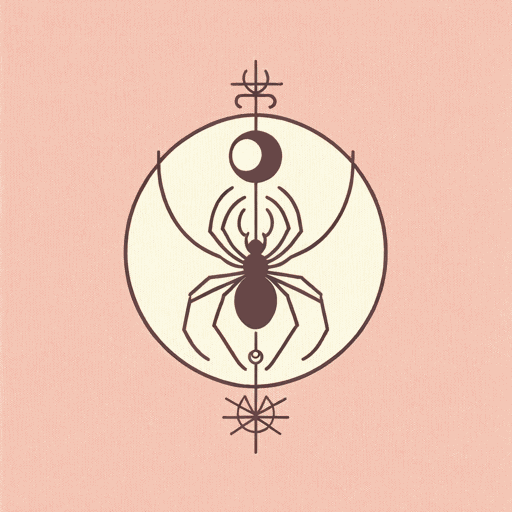
Anansi Boys
Neil Gaiman
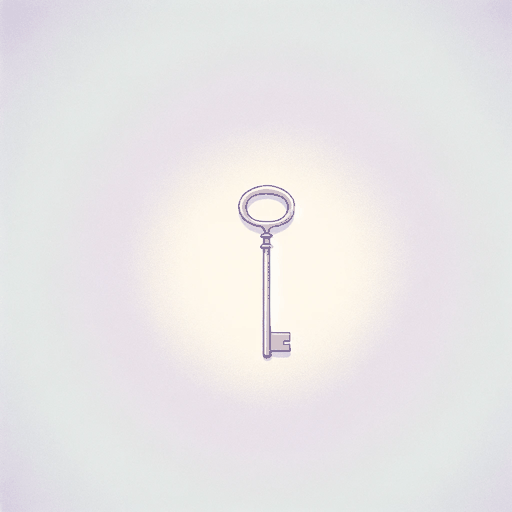
Coraline
Neil Gaiman

Fortunately, the Milk
Neil Gaiman
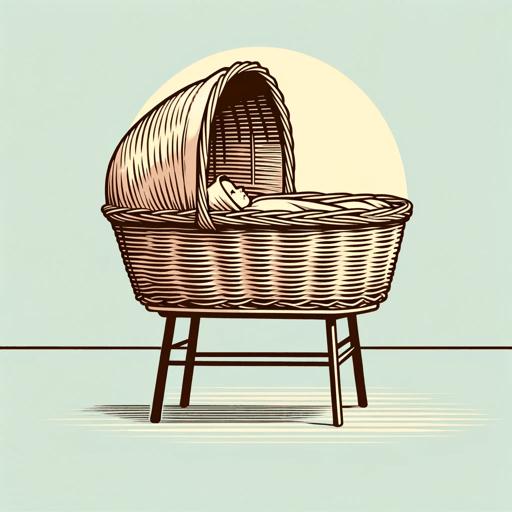
Good Omens: The Nice and Accurate Prophecies of Agnes Nutter, Witch
Neil Gaiman, Terry Pratchett
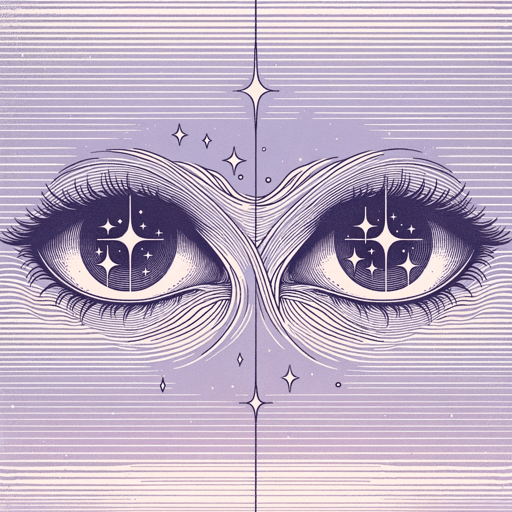
How to Talk to Girls at Parties
Neil Gaiman
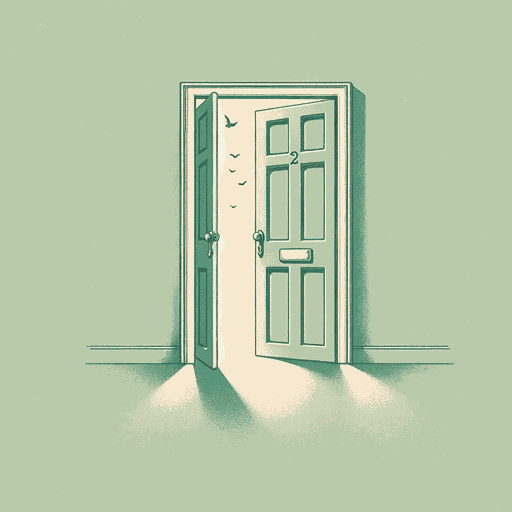
Neverwhere
Neil Gaiman
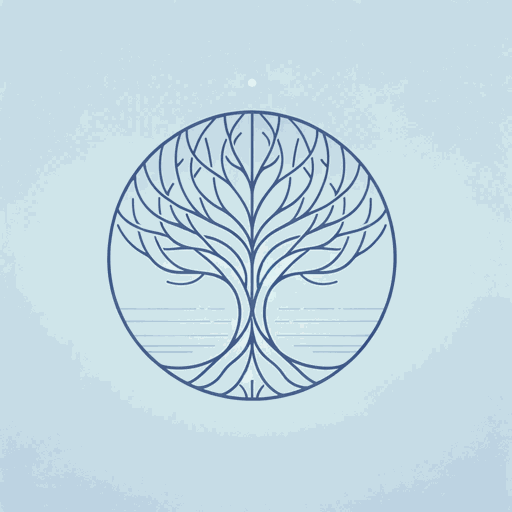
Norse Mythology
Neil Gaiman
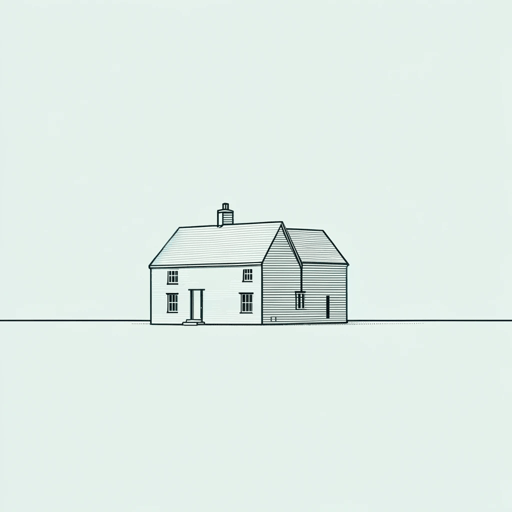
October in the Chair
Neil Gaiman

The Graveyard Book
Neil Gaiman
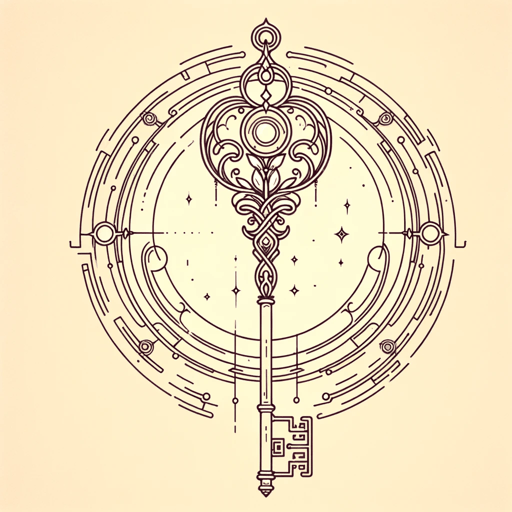
The Ocean at the End of the Lane
Neil Gaiman
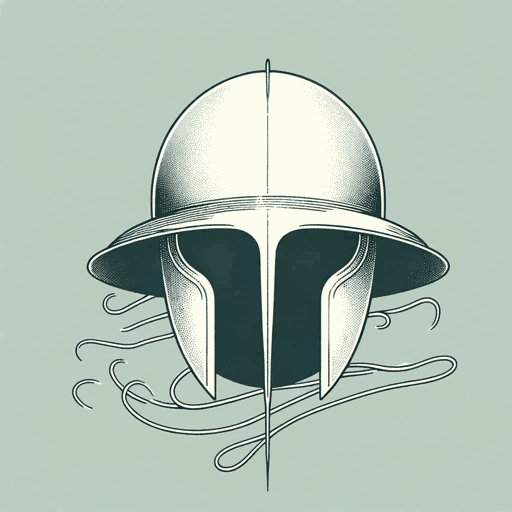
The Sandman Omnibus Vol. 1
Neil Gaiman

The Sleeper and the Spindle
Neil Gaiman
Featured Collections
Action & Adventure
View Collection
Challenging Authority
View Collection
Coming-of-Age Journeys
View Collection
Family
View Collection
Good & Evil
View Collection
New York Times Best Sellers
View Collection
Power
View Collection
Romance
View Collection
Valentine's Day Reads: The Theme of Love
View Collection
